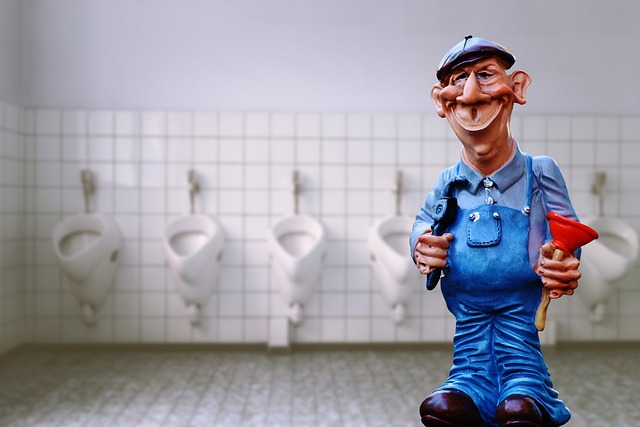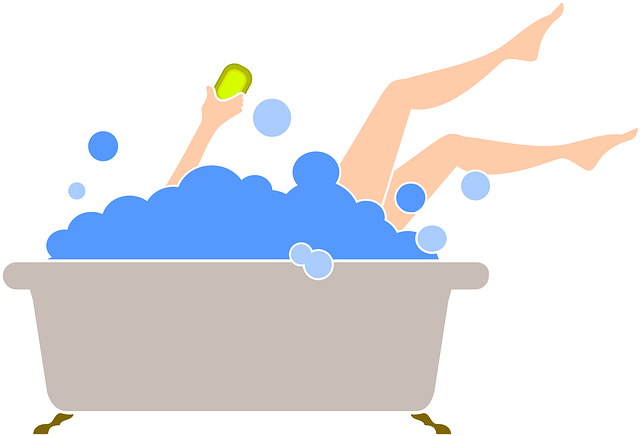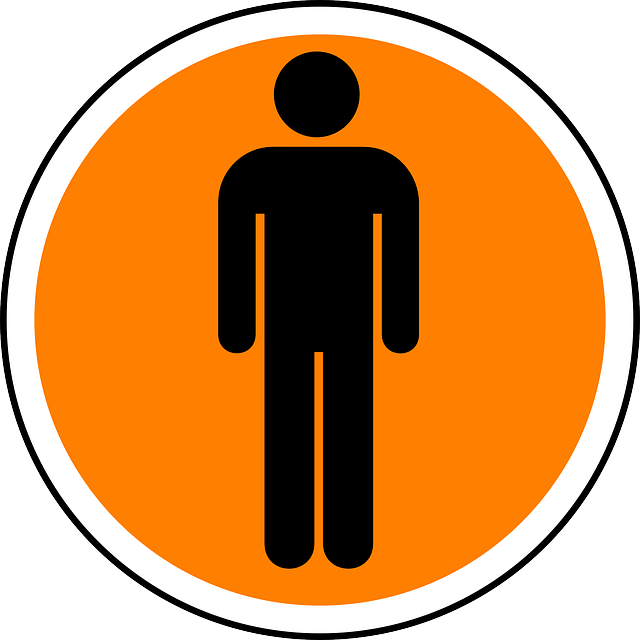Before calling a plumber, assess your toilet issue: simple clogs might be fixed with household items like hot water, plungers, or baking soda and vinegar, but severe clogs, overflows, or complex problems need professional repair. Prevent future clogs by responsibly disposing of toilet paper and avoiding non-biodegradable items, using natural uncloggers, and understanding your clog type for effective DIY solutions or professional assistance when needed.
Stranded with a toilet that won’t flush? Don’t panic! Before calling a plumber, know your options. This guide tackles common toilet clog issues, providing DIY solutions for minor blockages. Learn how hot water, baking soda and vinegar, or simple plunging can save you time and money. We’ll also walk you through recognizing when it’s time to hire a professional and share prevention tips to keep clogs at bay, ensuring a stress-free bathroom experience.
- Assess the Situation: Is It Truly Clogged?
- – Understanding common causes of toilet clogs
- – Differentiating between a partial and complete clog
Assess the Situation: Is It Truly Clogged?

Before reaching for your phone to call a plumber, take a moment to assess the situation. Not all toilet issues are as they seem. What appears to be a stubborn clog could often be cleared with simple household items and some know-how. How to unclog a toilet? Start by identifying if it’s truly clogged or if there’s another issue at play. Check for unusual water levels in the bowl, which might indicate a float problem rather than a clog. Also, look out for any signs of overflow—if the water is spilling over the edge, it’s definitely not a simple clog but a bigger issue requiring professional attention.
– Understanding common causes of toilet clogs

Toilet clogs are a common household issue, often caused by a buildup of debris, including toilet paper, foreign objects, or even hard-to-dissolve products like wipes. Understanding the root cause is key to effectively unclogging your toilet.
When you notice a clogged toilet, first assess what might have contributed to the blockage. Toilet paper should be disposed of properly; ensure it’s not used excessively and that it’s discarded correctly. Foreign objects, such as toys or personal care products, should never be flushed down the drain. Additionally, using biodegradable, flushable wipes can help prevent clogs. If the issue persists, consider a natural unclogger like baking soda and vinegar, which can often break up minor blockages without causing damage to your plumbing.
– Differentiating between a partial and complete clog

When faced with a toilet emergency, the first step is to determine the type of clog you’re dealing with. A partial clog, often caused by items like hair or toilet paper, can usually be addressed using simple home remedies. This might involve using hot water, a plunger, or over-the-counter drain cleaners. These methods are effective for keeping your plumbing running smoothly and may prevent the need to call a plumber.
In contrast, a complete clog indicates a more severe issue, such as a broken pipe, root intrusion, or structural damage. If flushing results in no water movement, or if you hear unusual noises from the pipes, it’s likely a complete clog. In these cases, DIY methods may not be enough, and professional assistance is recommended for safe and effective toilet unclogging.
If you’ve exhausted these quick fixes and your toilet remains stubbornly clogged, it’s time to call in a professional plumber. However, by understanding common causes and knowing how to unclog a toilet yourself, you’ll be better equipped to handle future emergencies, saving time and money in the long run.
